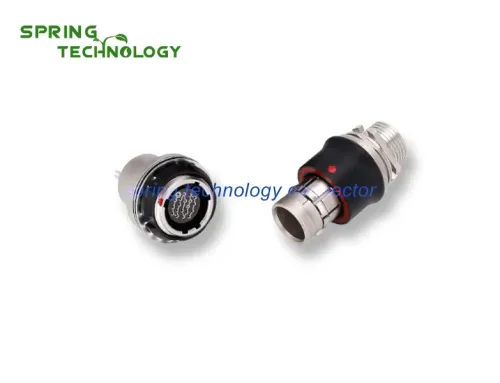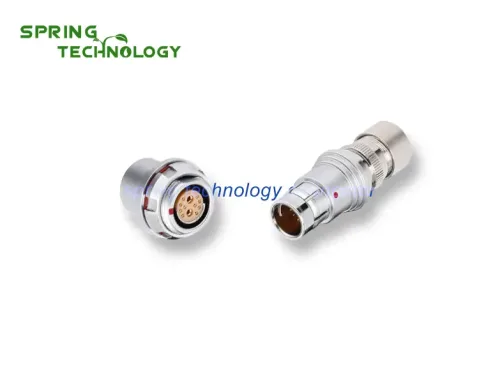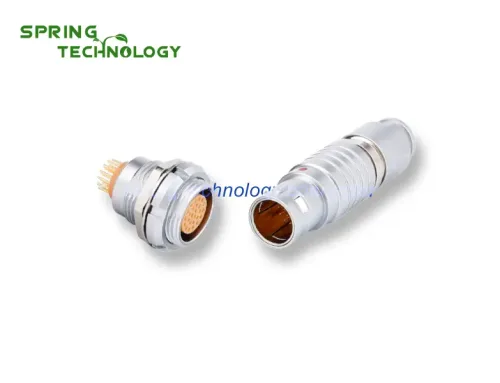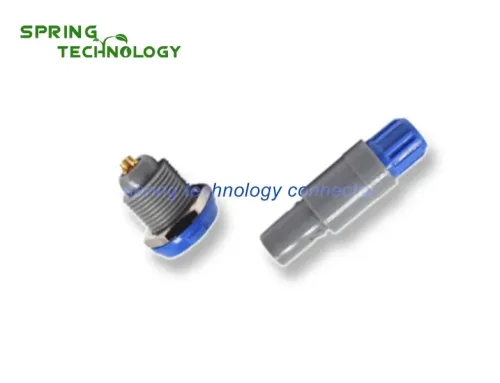Termination refers to the way the connector is connected to the wire or cable. Proper selection of termination methods and proper use of termination technology is an important aspect of using and selecting connectors. There are several common connection methods:
4, puncture one after another. Pierced connection, also known as insulation displacement connection, is a novel termination technology invented by the United States in the 1960s. It has the characteristics of high reliability, low cost, and easy use. It has been widely used in various printed board connectors. in. It is suitable for the connection of ribbon cables. It is not necessary to peel off the insulation layer of the cable during the connection. The tip of the U-shaped contact spring of the connector penetrates into the insulation layer, so that the conductor of the cable slides into the groove of the contact spring and is clamped. A tight electrical connection is formed between the cable conductor and the connector spring. It only requires simple tools, but must use cables with specified wire gauges.
5, screw connection. The screw connection is a connection method using screw-type terminal blocks. Pay attention to the maximum and minimum cross-sections of the connecting wires and the maximum tightening torque allowed by screws of different specifications.




